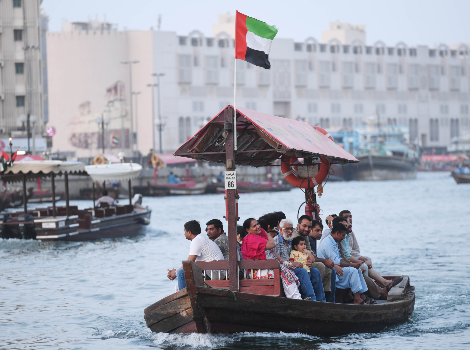Press Releases
29 Oct 2019
1.5m accident-free operation hours of marine transit modes

Roads and Transport Authority (RTA) revealed that Dubai’s marine transit modes have completed 1.58 million accident-free operation hours since January 2015. During this period, these modes have made 781,535 journeys and served 6,251,837 riders.
“Completing 1.58 million accident-free operation hours of marine transport means over a five-year period is a clear illustration of RTA’s award-winning safety systems in place. Our marine transport services are accredited by ISM certification from the French BUREAU VERITAS; a company accredited in the classification of ships by IACS international maritime safety organisation,” said Ahmed Bahrozyan, CEO of Public Transport Agency, RTA.
“Marine transit modes are fitted with automated advanced firefighting equipment, life-rafts & jackets, SOS signalling system and tracking equipment linked with the control centre. Marine Transport Department has carried out a series of preventive measures to enhance transport safety including 15 drills for rescue and safety undertaken in conjunction with RTA’s Safety, Risk, Regulation and Planning Department.
“It has also completed 122 hours of diverse internal training for operators and sailors, prepared five operational manuals, and charted 11 procedures for risk-related operations to ensure the implementation of effective safety measures. The Department has also listed 53 risk cases, set out preventive, proactive, corrective as well as theoretical & practical assessments of maritime crews to ensure they are familiar with maritime security and safety procedures.
“RTA’s marine transit modes comprise 9 ferries, 10 water taxis, 7 water buses, 7 traditional abras and 17 electric/solar-powered abras. The waterbus and abras are on the top of accident-free operational marine transit means.
“RTA has plans to uplift marine transport service based on five key pillars: comprehensive planning, international safety code, improved security of marine transport, performance monitoring in collaboration with police, ambulance and rescue, and improved infrastructure to ensure higher maritime safety levels,” concluded Bahrozyan.
